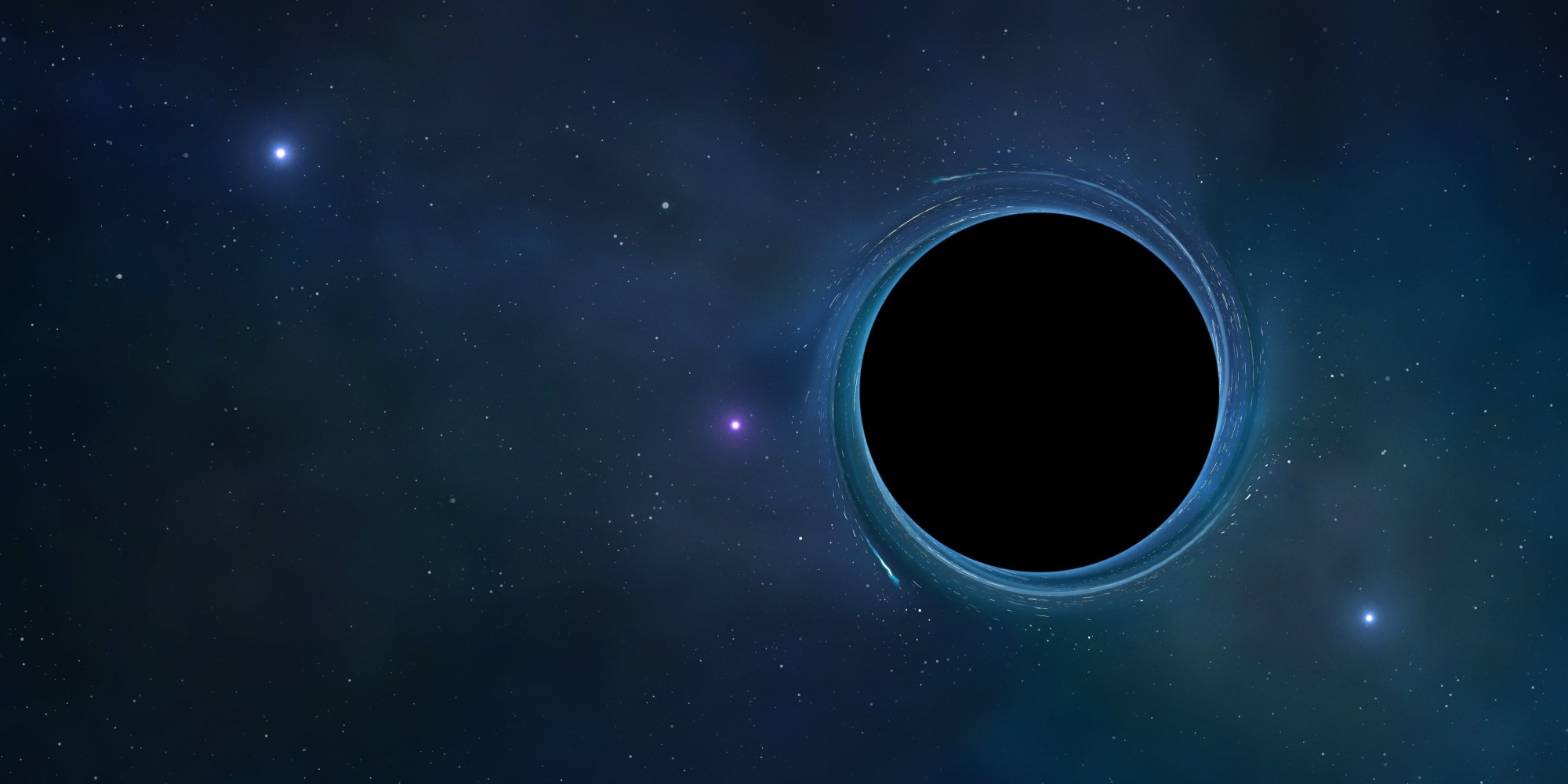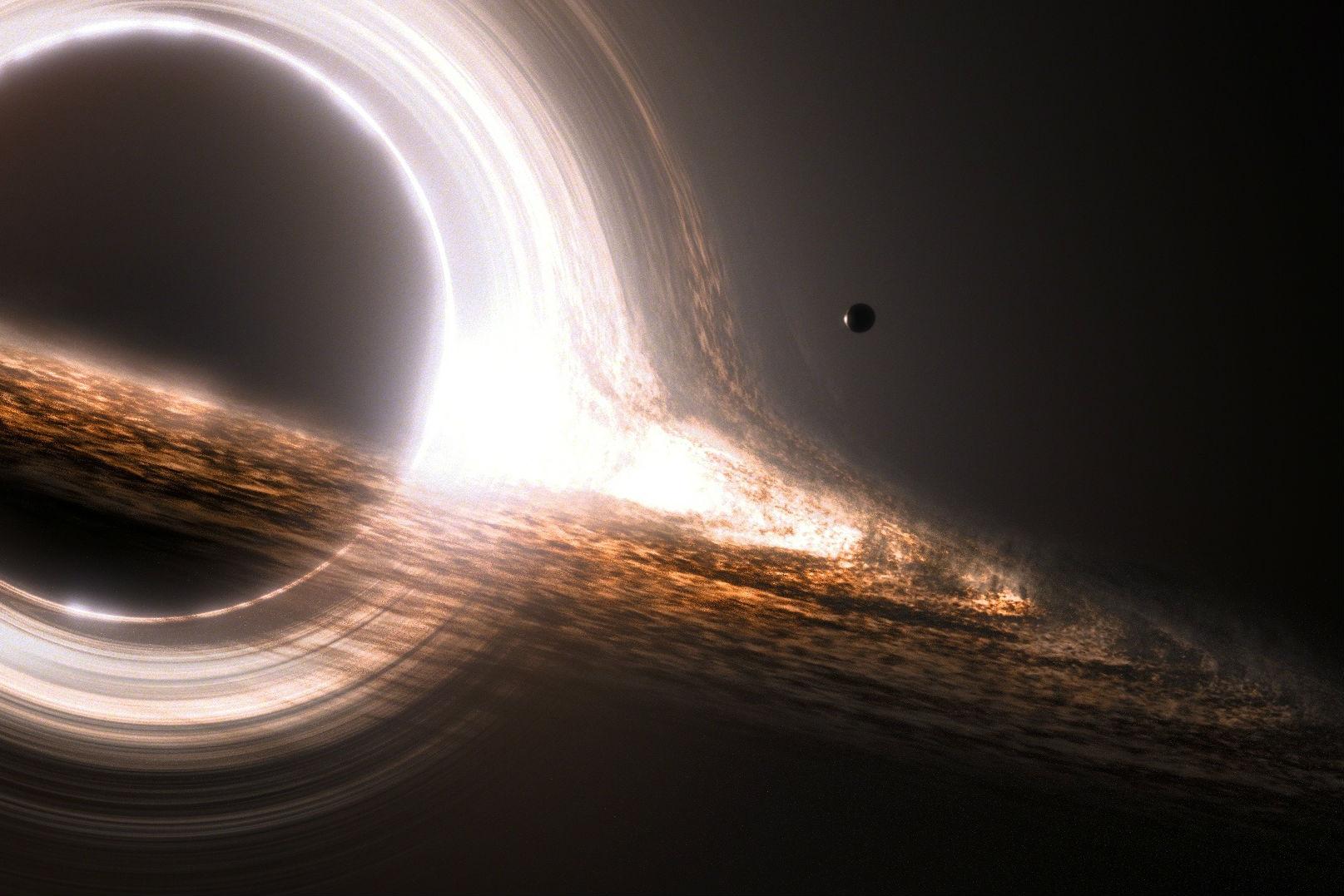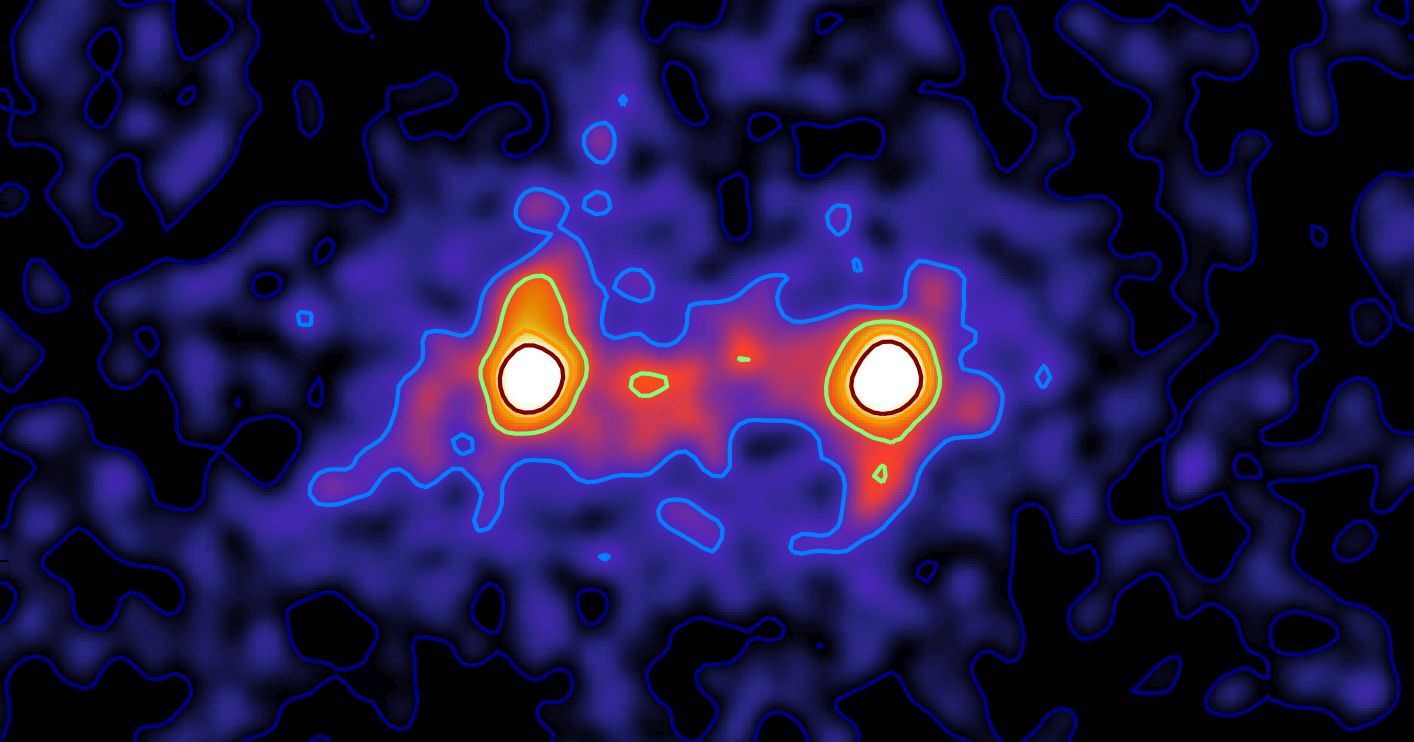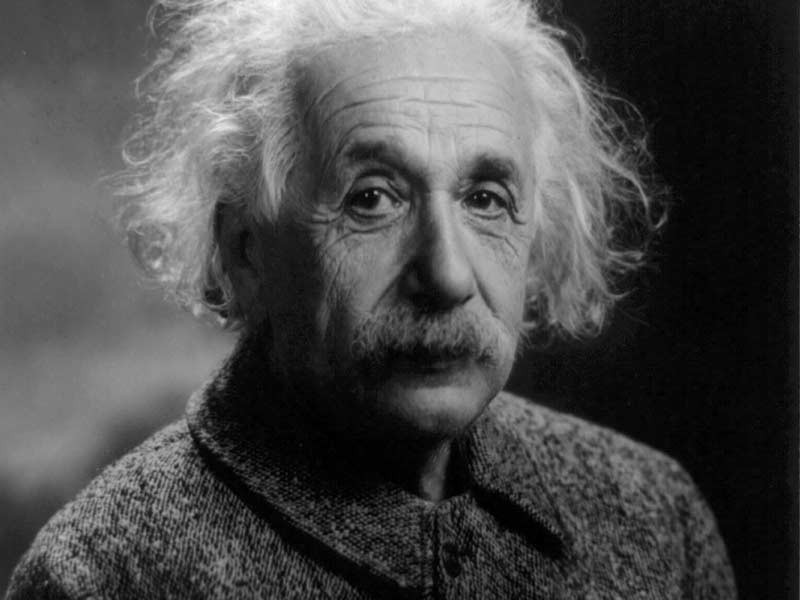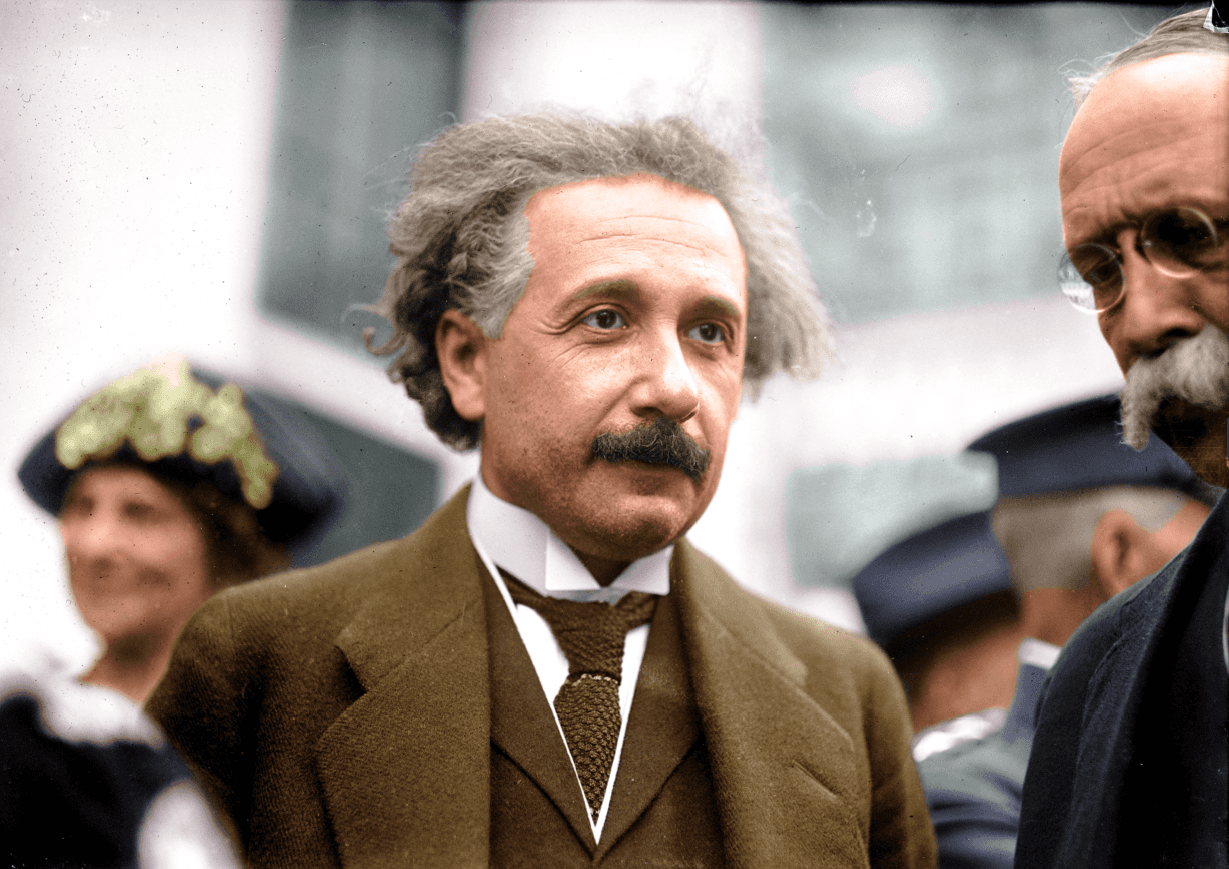description:
The force of gravity rules the universe. It governs our everyday lives on Earth and it controls the motions of the heavens above. Yet it is one of the least understood of all the forces of nature. To endeavor to understand this fundamental force is to experience anew something as simple as getting out of bed, throwing a ball, or diving into a pool; and it gives deep insight into the central organizing principle of the cosmos.
episodes:
01. The Strangest Force
Begin your exploration of gravity with Isaac Newton and the famous story of the apple. Why was it such a breakthrough to connect a falling apple with the faraway moon? Review the essential characteristics of gravity and learn why small asteroids and large planets have such different shapes.
02. Free Fall and Inertia
Review three great discoveries by the “grandfather” of gravity research, Galileo Galilei. His most famous experiment may never have happened, but his principle of inertia, law of free fall, and principle of relativity are the basis for everything that comes later in the science of gravity—including key breakthroughs by Einstein.
03. Revolution in the Heavens
Drawing on ideas and observations of Nicolaus Copernicus and Tycho Brahe, Johannes Kepler achieved a great insight about gravity by discovering three laws of planetary motion, relating to the mathematics of orbits. The cause of planetary motion, he determined, must lie in the sun.
04. Universal Gravitation
See how Newton was able to finish Kepler’s revolution by formulating the law of universal gravitation, which says that every object exerts an attractive force on every other object. Also explore Newton’s related discovery of the three laws of motion, which underlie the science of mechanics.
05. The Art of Experiment
Learn how distances in the solar system were first determined. Then chart Henry Cavendish’s historic experiment that found the value of Newton’s gravitational constant. Cavendish’s work allows almost everything in the universe to be weighed. Then see a confirmation of the equivalence principle, which says that gravitational and inertial mass are identical.
06. Escape Velocity, Energy, and Rotation
Begin the first of several lectures that dig deeper into Newton’s laws than Newton himself was able to go. In this lecture, apply the key concepts of energy and angular momentum to study how gravity affects motion. As an example, use simple algebra to calculate the escape velocity from Earth.
07. Stars in Their Courses—Orbital Mechanics
Newton was the first to realize that objects could, in theory, be sent into orbit around Earth. Explore how this works in practice, using the ideas of energy and angular momentum to study how satellites, moons, planets, and stars move through space.
08. What Are Tides? Earth and Beyond
Trace the origin of tides to the simple fact that gravity varies from point to point in space. This leads not just to the rise and fall of the ocean, but to the gradual slowing of Earth’s rotation, Saturn’s spectacular ring system, volcanoes on Jupiter’s moon Io, and many other phenomena.
09. Nudge—Perturbations of Orbits
For the next three lectures, study the effects of gravity on the motions of more than two bodies. Here, see how even very small orbital changes—small perturbations—are significant. Such effects have revealed the presence of unknown planets, both in our own solar system and around other stars.
10. Pushing the Picture of Fractions
Delve into irrational numbers-those that can’t be expressed as the ratio of two whole numbers (i.e., as fractions) and therefore don’t repeat. But how can we be sure they don’t repeat? Prove that a famous irrational number, the square root of two, can’t possibly be a fraction.
11. The Million-Body Problem
Consider the problem of gravitational interactions between millions of bodies, such as the countless stars in a galaxy. Amazingly, mathematics can reveal useful information even in these complicated cases. Discover how the analysis of the motions of galaxies led to the prediction of dark matter.
12. The Billion-Year Battle
Explore the physics of stars, which are balls of gas in a billion-year battle between the inward pull of gravity and the outward pressure produced by nuclear fusion. Follow this story to its ultimate finish—the triumph of gravity in massive stars that end their lives as black holes.
13. From Forces to Fields
For the rest of the course, focus on the revolutionary view of gravitation launched by Albert Einstein. Review new ideas about fields that allowed physics to extend beyond Newtonian mechanics. Then see how Einstein modified Newton’s laws and created the special theory of relativity.
14. The Falling Laboratory
Einstein focused on gravity in his general theory of relativity. Hear about his “happiest thought”—the realization that a man in free fall perceives gravity as zero. This simple insight resolved a mystery going all the way back to Newton and led Einstein to the startling discovery that gravity affects light and time.
15. Spacetime in Zero Gravity
In an influential interpretation of relativity, Einstein’s former mathematics professor Hermann Minkowski reformulated the theory in terms of four-dimensional geometry, which he called spacetime. Learn how to plot events in this coordinate system in cases where gravity is zero.
16. Spacetime Tells Matter How to Move
See how gravity affects Minkowski’s spacetime geometry, discovering that motion in a gravitational field follows the straightest path in curved spacetime. The curvature in spacetime is not caused by gravity; it is gravity. This startling idea is the essence of Einstein’s general theory of relativity.
17. Matter Tells Spacetime How to Curve
The curvature of spacetime depends upon matter—and tidal effects. In this lecture, see how ordinary tidal effects reveal a simplified form of Einstein’s greatest discovery: the equation governing the curvature of spacetime by matter.
18. Light in Curved Spacetime
See how Einstein’s general theory of relativity predicts the bending of light in a gravitational field, famously confirmed in 1919 by the British scientist Arthur Eddington. Learn how this phenomenon creates natural gravitational lenses—and how the bending of light reveals invisible matter in deep space.
19. Gravitomagnetism and Gravitational Waves
The general theory of relativity predicts new phenomena of gravity analogous to those of electromagnetism. Discover how ultra-sensitive experiments have detected the gravitomagnetism of the Earth, and follow the search for elusive gravitational waves that travel through space.
20. Gravity’s Horizon—Anatomy of a Black Hole
Plunge into the subject of black holes, which are massive objects that have collapsed completely under their own gravity. Learn how black holes distort spacetime and explore the supermassive black holes that lie at the hearts of galaxies. Then ask: Are there such things as micro-black holes?
21. Which Universe Is Ours?
Investigate what Einstein called his “greatest mistake”—his rejection of his own theory’s prediction that spacetime should be dynamic and evolving. Chart the work of a group of scientists, including Alexander Friedman, Georges Lemaître, and Edwin Hubble, who advanced the realization that our universe is expanding from an apparent big bang.
22. Cosmic Antigravity—Inflation and Dark Energy
Using everything you’ve learned about gravity, investigate cosmic antigravity, starting with cosmic inflation, a phenomenon that exponentially increased the size of the universe during the big bang. Then, learn why dark matter cannot be made of ordinary protons and neutrons, and explore the recent discovery that the expansion of the universe is accelerating, powered by a mysterious dark energy inherent in space itself.
23. The Force of Creation
Use a black hole to test the laws of thermodynamics, taking a deeper look at the capacity of gravity to pull matter together and increase entropy at the same time. Probe Stephen Hawking’s most surprising discovery, and then learn that the same force that pulls the apple down and steers the stars in their courses is also nature’s ultimate source of order and complexity.
24. The Next Revolution
Survey the greatest unsolved problem in theoretical physics: the search for a quantum theory of gravity. Examine string theory, loop quantum gravity, and also entropic gravity, which suggests a revolutionary link with thermodynamics. Close the course with a deepened appreciation for the connection between everyday features of gravity and the most exciting questions in contemporary physics and cosmology.

